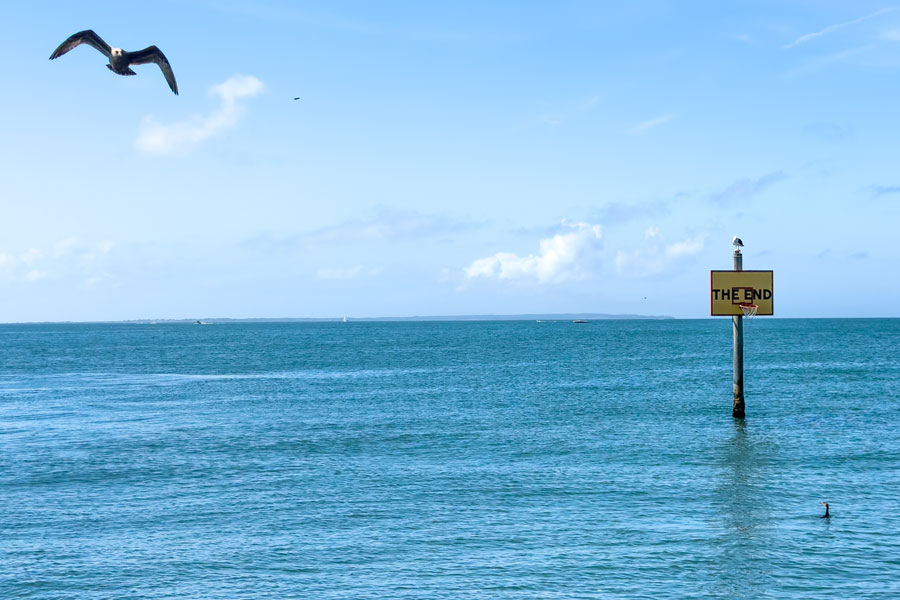
LONG ISLAND, NY – After decades of dwindling numbers, lobster populations in Long Island Sound are showing early signs of a rebound, marking a hopeful turn for both commercial fishermen and environmental scientists.
Once a thriving industry along the Connecticut and Long Island coastlines, the lobster fishery experienced a dramatic collapse in the late 1990s and early 2000s, largely due to warming waters, pollution, and disease. By the 2010s, lobster hauls had become nearly nonexistent in parts of the Sound, forcing many lobstermen to pivot or exit the trade altogether.
However, this summer season has brought a notable shift. Local lobster shacks and commercial docks are reporting stronger catches, and some seafood markets have seen prices drop modestly as a result of greater supply. For the first time in years, lobster traps are being pulled from the Sound with enough consistency to stir cautious optimism among those who depend on the industry.
Although the resurgence is still in its early stages, data from ongoing scientific surveys suggest that lobster counts have edged up compared to the record lows of recent years. Environmental experts are tracking these developments closely, with some attributing the recovery to improved habitat conditions, temporary stability in water temperatures, and conservation efforts aimed at easing fishing pressure on the weakened population.
Despite this encouraging trend, marine scientists warn that the population remains a fraction of what it once was. Long Island Sound’s waters have warmed significantly over the past few decades, creating a challenging environment for cold-water species like the American lobster. Ongoing research programs are monitoring ecosystem conditions to determine whether the current uptick is a temporary spike or a more sustained comeback.
Lobster-related businesses that weathered the downturn may now be positioned to benefit from a partial revival, while new interest from consumers and distributors adds momentum. Yet, many in the industry remain cautious, recalling how quickly previous recoveries gave way to setbacks.
The Long Island Sound Lobster Initiative and other regional monitoring groups continue to track health indicators such as shell disease, reproduction rates, and juvenile recruitment. Their findings in the months ahead will help clarify whether this summer’s stronger lobster season is an anomaly – or the beginning of a slow but meaningful recovery.
WFSB | Eyewitness News: Lobsters making a comeback in Long Island Sound
Top 10 Questions About Lobsters Returning to Long Island Sound
- Are lobsters really making a comeback in Long Island Sound?
Yes, recent reports and local activity suggest that lobster populations have started to rebound after years of decline. - Why did lobster populations drop in Long Island Sound?
The decline was largely due to warming water temperatures, pollution, habitat loss, and disease. - What caused the recent improvement in lobster numbers?
Environmental stabilization, improved water quality, and reduced fishing pressure may be contributing to the resurgence. - Is lobster fishing allowed in Long Island Sound right now?
Yes, but it’s regulated. Specific rules and licensing apply in both Connecticut and New York waters. - How much have lobster catches increased this year?
While not at historical highs, commercial and small-scale catches are reportedly higher than previous seasons. - Are lobster prices dropping in local markets?
Some seafood markets and lobster shacks have reported slightly lower prices due to stronger supply this season. - Is it safe to eat lobsters from Long Island Sound?
Yes, provided they are harvested legally and meet health and safety regulations. - What are scientists doing to monitor lobster recovery?
Marine research groups are tracking population trends, disease presence, and environmental conditions. - Will the lobster population continue to grow in Long Island Sound?
It’s too early to tell. Scientists remain cautiously optimistic, but climate trends pose ongoing risks. - Where can I buy locally caught lobster on Long Island?
Many fish markets and coastal restaurants source locally when available—especially in towns like Port Jefferson, Greenport, and the North Fork.


